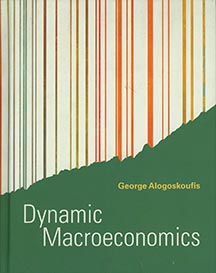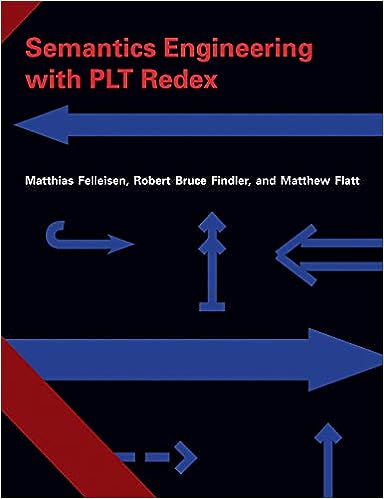Book Details
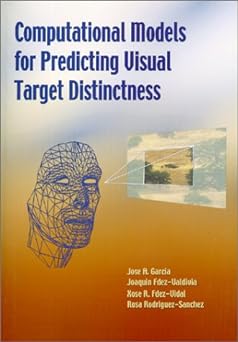
Computational Models for Predicting Visual Target Distinctness
Visual target acquisition is a complex process, and many factors involved are not yet fully understood. One thing is evident: the more a target stands out from its background the easier it will be to detect it, and the quicker it will be found. It is therefore likely that visual target distinctness is an important determinant of visual search performance.
Target saliency for humans performing visual search and detection tasks can be estimated by means of the difference between the image from the target- and-background scene and the image from the same background with no target. Thus, relevant computational models of early human vision typically process an input image through various spatial and temporal bandpass filters and analyze first- order statistical properties of the filtered images to compute a target distinctness metric. If they give good predictors of target saliency for humans performing visual search and detection tasks, they may be used to compute visual distinctness of image subregions (target areas) from digital imagery.
1 Models of feature perception in distortion measure guidance
2 Computational measures based on space-frequency analysis
3 Defining the notion of visual pattern
4 Information theoretic measures
Epilogue
A Comparison with other saliency models
B Integral opponent-colors features
C Forms of gain and divergence
D Calculating derivatives
References
Index
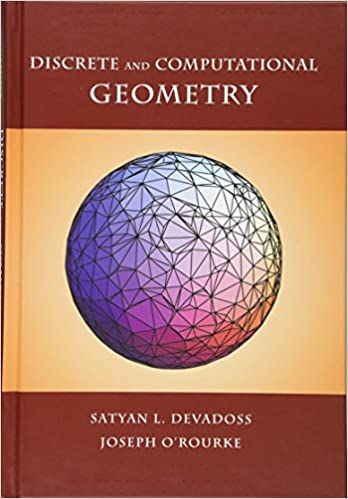
Discrete and Computational Geometry : An essential introduction to discrete and computational geometry
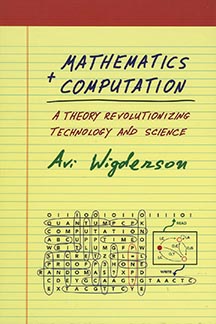
MATHEMATICS AND COMPUTATION : A THEORY REVOLUTIONIZING TECHNOLOGY AND SCIENCE
Popular Picks on the Month





